James Foster
by Victoria JL Fisher
Foster was a Canadian-born instrument maker, born in 1830 in Toronto. At sixteen, he apprenticed to mathematical instrument maker T.B. Timpson before establishing his own shop in 1854 (poss. 1864; 54 seems more likely). He operated a small but substantial company for the next fifty years out of premises throughout central Toronto, and with employees of various kinds. The work he did varied over time: in 1885, he was recorded as holding a major contract with the Montreal Telegraph Company: “For twenty years made all the instruments used by that company west of Kingston.” By 1878, his contracts also evidently included supplying meteorological instruments, including the anemometer of his own design, to the Meteorological Service of Canada (MSC). In 1890, he supplied six anemometers at a cost of $37.50 each.
James Foster’s four-cup anemometer was the standard Canadian wind-measuring instrument used by the Meteorological Service of Canada from about 1878 to approximately 1912. The four-cup component was accompanied by a vane to determine wind direction, and an anemograph—a device to record changes in wind speed over time.
Over his career, Foster made numerous types of scientific instruments, ranging from the anemometer, to electrical instruments like the telegraphic instruments, to components like the tube of an 1882 telescope known as the Wray-Brydon telescope, owned by numerous Canadians and currently on display at the premises of the Royal Astronomical Society of Canada’s Victoria Centre. Like contemporaries A.F. Potter, Charles Potter and Charles Hearn (of Hearn & Harrison), he was involved in scientific society in Toronto; he was member of the Recreative Science Club, which eventually became the Natural History Section of the Canadian Institute.
In the 1900s, Foster, in his 70s, was apparently still at work and still supplying instruments to the MSC; he appears to have worked until his death in 1912 with the last few years largely advertising as an optician offering free eye testing. The company did continue a few more years after his death under the management of Foster’s former colleague James Brodie, by 1921 it had folded.
Timeline
1830 – James Foster born in Toronto.
1846 – Foster starts work as mathematical instrument maker; apprenticed to instrument maker T.B. Timpson in Toronto
1854 – “Opened own shop on Osgoode” (Daniels, W.J.)
1864 – “He began business for himself on Adelaide Street” (“Biographical Notices”)
1873 – Moves to new premises at 40 Colborne Street and commenced the manufacture of surveying and engineering instruments.” (“Biographical Notices”)
1883 – Company moves to 13 King Street West
1890 – Toronto City Directory lists company at 13 King W. Street, Toronto, with William Robson as Instrument Maker, William Simpson as electrician, William Moore as instrument maker.
1900 – Company active at 71 King Street W.
1909 – Company active at Toronto at 71 King Street West, employing William Robson as machinist and James A. Brodie as optician, Harry Brooks as apprentice, Joseph J. Chaffer as apprentice. Advertising as “Optician – Mathematical Instrument Maker – Eyesight Tested Free.”
1912 – James Foster dies.
1915 – Company active at 15 Queen St. E. under management of James Brodie.
Selected Sources
Brooks, Randall C., Daniels, William J. “Surveying Instrument Makers of Central Canada.” Canadian Journal of Civil Engineering 26.6 (1993): 1042-1043
Mulvany, Charles Pelham et al., History of Toronto and County of York, Ontario: Biographical Notices (Toronto: Robinson, C.B., 1885), 50-51
Royal Astronomical Society of Canada – Victoria Centre “The Wray-Brydon Telescope" (https://victoria.rasc.ca/wray-brydon-telescope-2/ [23-11-23])
Watson, A.D. “Astronomy in Canada” The Journal of The Royal Astronomical Society of Canada Vol. XI, No. 2 (Feb. 1917): 59-60.
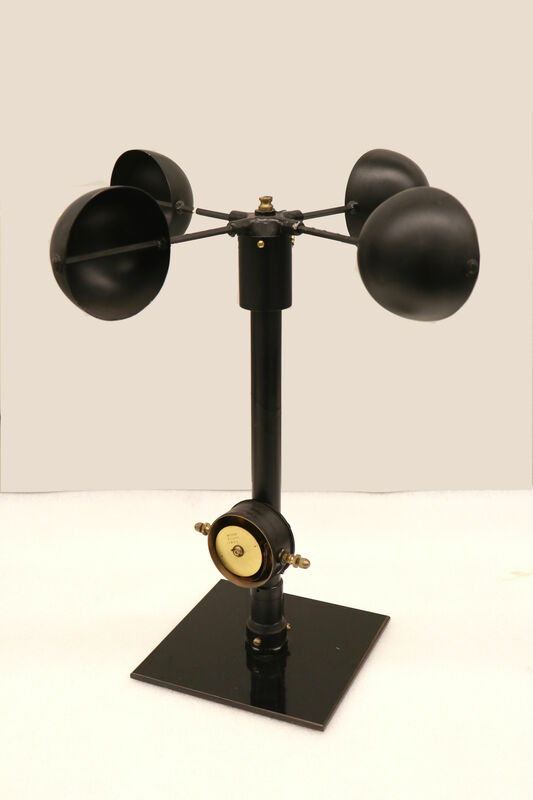
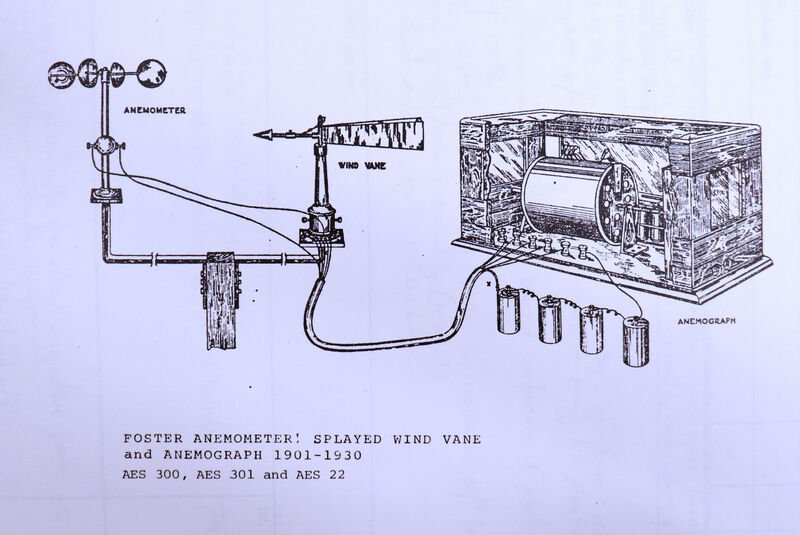
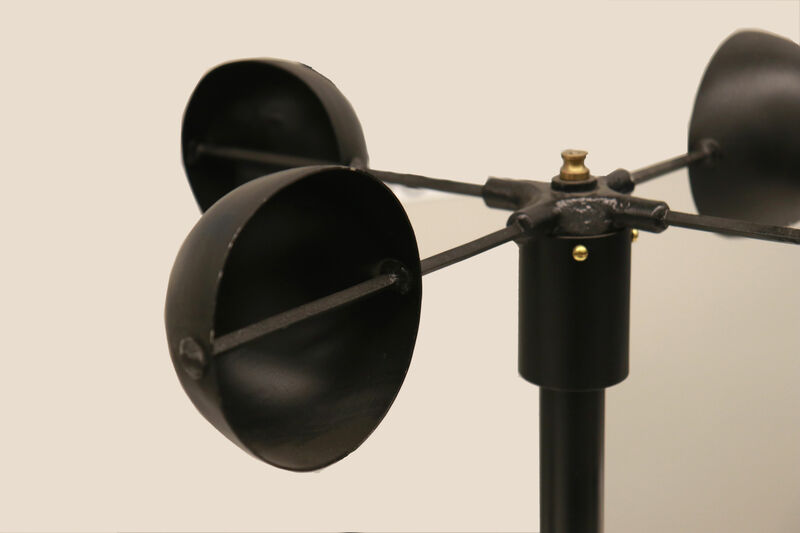
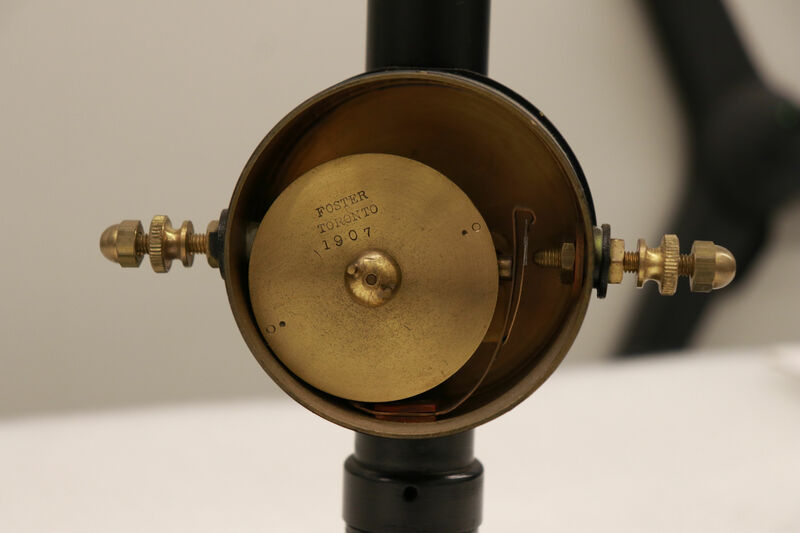
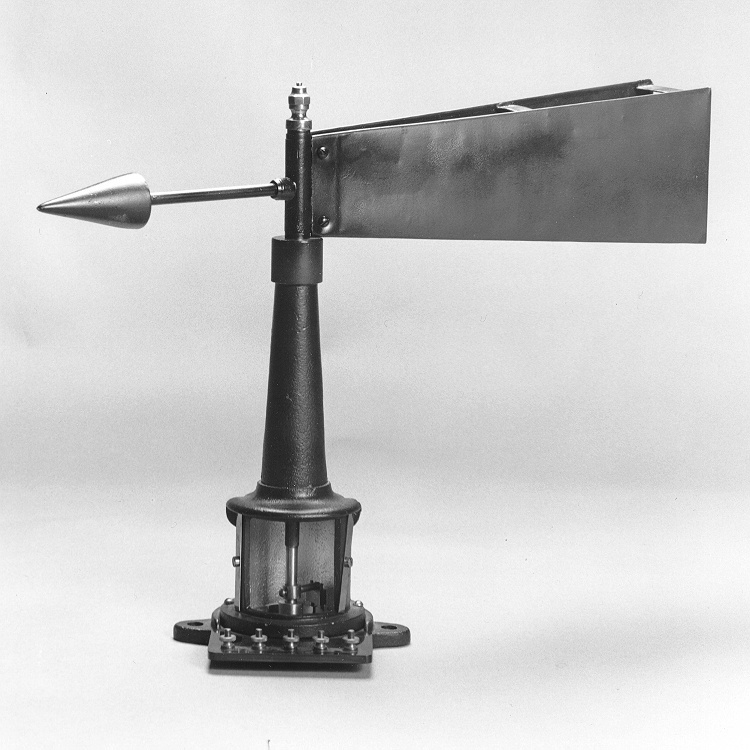
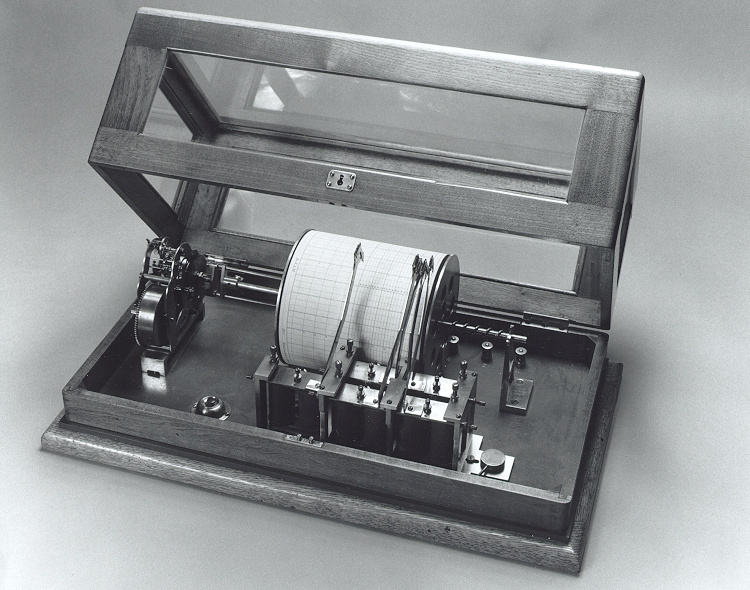
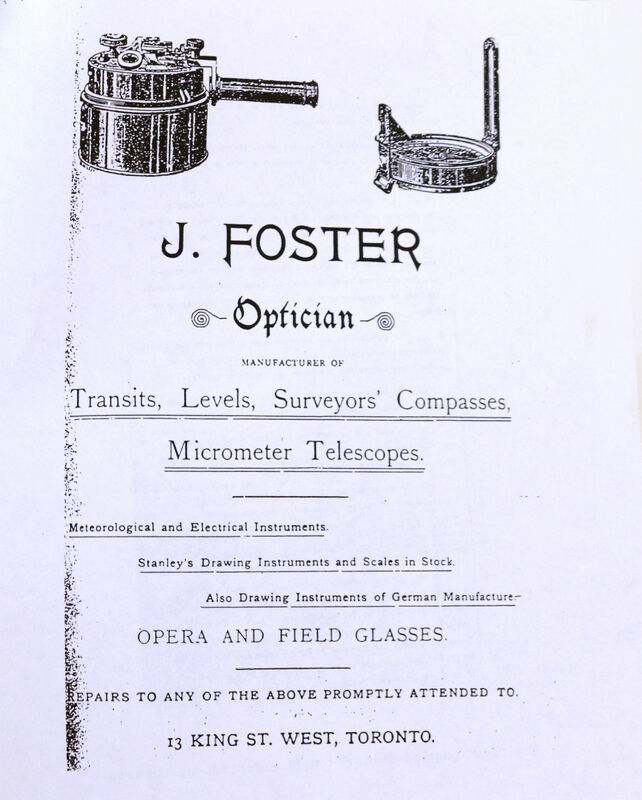
 James Foster
James Foster 4-Cup Anemometer
4-Cup Anemometer